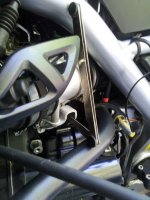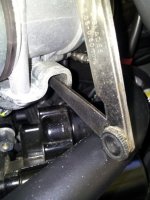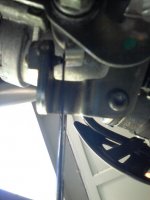Tried searching for a detailed procedure for syncing the throttle bodies (with pictures) and have not been able to find one for the Stelvio 8V. The service manual is not bad, but talks about using the bypass screws to adjust. Found a procedure on here for a different bike saying not to use the bypass screws, but only the throttle linkage. Needs some help....carbs I understand, still trying to get used to the FI......
Is there a detailed procedure.
Is there a detailed procedure.












